The Ficus elastica is a plant belonging to the family of Moraceae. It is commonly known as fig of rubber or rubber tree (or rubber tree in English-speaking countries). It is native to the tropical regions of Asia, especially India and Malaysia. In our latitudes it is cultivated as an ornamental plant, and is a close relative of the ficus benjamin he was born in ficus lyratatwo other species of ficus very popular as indoor plants.
In its natural habitat the Ficus elastica it reaches large dimensions and a very dense white latex is extracted from its trunk, through targeted incisions, which is used to produce natural rubber.
In this article we know the botanical characteristics of Ficus elastica and the organic cultivation techniques of this elegant houseplant.
Botanical sheet of Ficus elastica
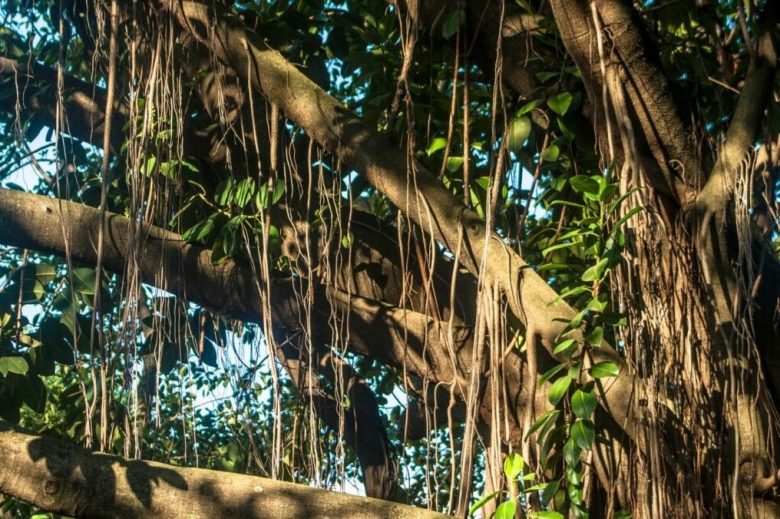
Aerial roots
In nature the Ficus elastica it has an arboreal habit, being able to reach 30 m in height. Its trunk is not too wide with a tendency to branch out in a dense way.
The crown develops in a very expanded way horizontally, reaching over 10 m in width. As in other species of ficus, it is supported by long aerial columnar roots that arise from the branches falling downwards.
Cultivated as an ornamental, at home the plant does not reach the dimensions described above, but it defends itself well, reaching even 3 m in height.
Leaves

Peculiar characteristic of the Ficus elastica are the leaves, wide and up to 30 cm long. They are briefly petiolate, leathery and shiny. The margin is whole, the shape is oval-elliptical. The leaves have a large central vein and secondary veins inserted almost at right angles that run parallel to the margin.
Flowers and fruits
The flowers of the rubber fig are small and insignificant, they arise at the axil of the leaves and produce small fruits. These are first covered by an envelope, when ripe they become greenish-yellow, measure just over 1 cm, are fleshy and inedible.
Variety of Ficus elastica
For cultivation as an ornamental plant, three varieties of Ficus elasticathat means: Ficus elastica var. robust, Ficus elastica var. decorate And Ficus elastica var. varied. The differences from the type species are in the leaves.
The variety robustperhaps the best known, has a compact shape, broad and hard leaves, with a dark green upper surface, the lower one slightly lighter.
Decorate on the other hand, it is a variety that is characterized by slightly narrower leaves than the robust, but with the upper part of a very dark green and the lower part of an intense garnet red. The central rib is on the purplish red.
In the variety variedas the word suggests, the leaves are light green with white and yellow streaks.
How to grow the rubber fig

Being a species of tropical origin the Ficus elastica does not tolerate intense cold. The plant begins to suffer with temperatures below 15 ° C. For this reason in Italy it is grown almost exclusively as a potted indoor plant. However, in the milder areas along the coast of the southern regions, the Ficus elastica can be grown in the open ground in the garden. The important thing is that temperatures, even in winter, do not fall below the minimum values indicated above.
Elsewhere the plant can be moved outdoors in the garden only in summer, taking care to avoid too sunny and windy exposures.
At home, it should also be avoided to place the plant near heat sources in winter and air conditioners in summer. Air currents are also harmful to the plant.
Exposure
Plants of Ficus elastica grown in apartments require very bright locations. It is also good that the leaves are reached by the direct rays of the sun entering from a window, but not in summer, as you risk burning the leaves themselves.
So the rubber fig is perfect as an element of green furniture in large rooms and, in general, bright environments, such as a hotel lobby, for example.
Watering and humidity
The Ficus elastica in nature it grows in tropical forests, therefore very humid environments. Avoid placing it in too dry areas and increase the humidity with irrigation and water vaporization.
The plant must be watered frequently (on average 2 or 3 times a week), especially in spring-summer. Make sure that the soil is always moist, but only give water when the superficial portion of the soil is dry and above all avoid stagnant water in the saucer by emptying it after each wetting.
To improve the ambient humidity very useful are the water vaporizations on the leaves, an operation to be done in spring-summer once a week.
For both irrigation and vaporization, avoid using tap water, as it is too rich in limestone.
The ideal would be the use of rainwater or demineralized water (the water from the iron to be clear).
Ground
As for the growing medium, the Ficus elastica prefers not too heavy soils with a subacid pH, between 5 and 6, with a good supply of organic matter. It also grows well in a soil with a neutral pH, to avoid alkaline soils.
The best thing is to prepare a mix as follows: 60% universal soil good quality, 10% of acid peat10% of perlite to ensure optimal drainage, 10% of earthworm humus for background fertilization.
Fertilization
The rubber fig plant benefits from regular fertilizations during the vegetative season, that is spring-summer. Once every 15 days, with normal irrigation can be administered organic liquid fertilizer for green plants.
Repotting

The repotting of the Ficus elastica is usually done at the time ofpurchase of the map (you can find it here) and, subsequently, once every 1-2 years, when the roots have now occupied all the space available in the container. A pot slightly larger than the previous one should be used, in order to support the growth of the plant without excessive imbalances.
Cleaning the leaves
The broad surface of the leaves of the Ficus elastica causes a certain accumulation of dust. For this the leaves should be cleaned from time to time using a damp cotton cloth. Avoid using foliar polishes, as the chemicals they contain are harmful to the proper transpiration of the leaves themselves.
Multiplication
The Ficus elastica can be easily reproduced using the cutting technique. Just take a portion of the branch with leaves and thus obtain as many cuttings for the number of nodes on the branch.
In practice, a small piece of branch with a leaf is enough. The cuttings thus obtained should be placed in a glass of water. After about a month, many small rootlets will sprout from the cutting point and that is the time to transfer the cutting into a jar filled with a very light mix of soil and perlite.
The best time to take the cutting of Ficus elastica it is the beginning of spring or the end of summer.
After a few months of growth in the original jar, when the cutting is well rooted and has emitted new vegetation, the young plant can be transferred to a larger container.
Pruning of the Ficus elastica
Pruning the Ficus elastica it is generally not necessary. At the most, if the plant has grown too high and this creates space problems, an apical topping can be carried out, which determines the arrest of growth in height and at the same time stimulates the production of new vegetation in the lower part of the stem, giving a more compact appearance.
The vegetative material obtained from pruning can be used to make cuttings.
Parasites of Ficus elastica

Among the parasites that can infest the vegetation of the Ficus elastica we point out the different species of cochineal and, in hot summers, the red spider. To defend your plants from these parasites, we recommend that you read our dedicated insights.
Other common problems of Ficus elastica
Plants of Ficus elasticalike other indoor plants, suffer from problems related to poor cultivation conditions.
For example, if the leaves fall abnormally, the cause can be found in the lack of light or in cold or heat strokes. It is therefore necessary to intervene by moving the plant to a location more suited to its needs.
Another common problem is the appearance of brown spots on the leaves. This eventuality is to be attributed to an excess of irrigation, which will therefore be decidedly moderate.


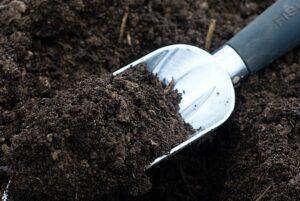
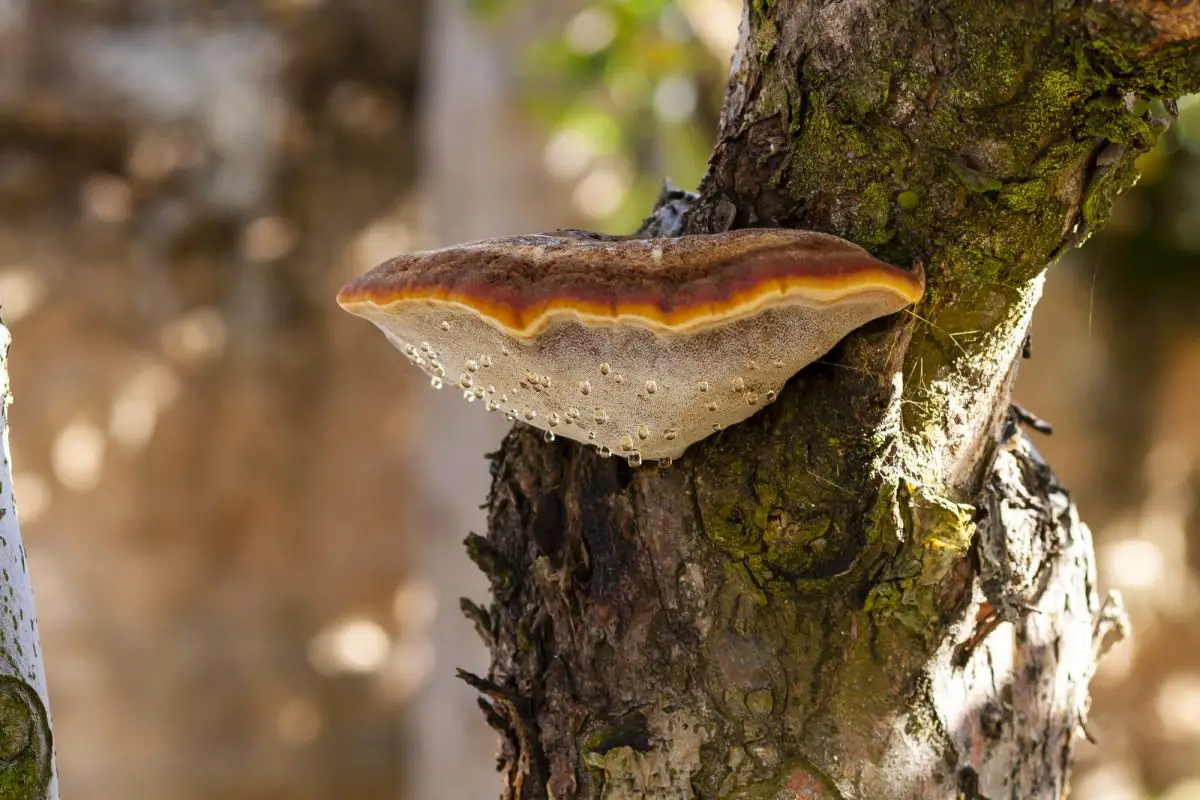
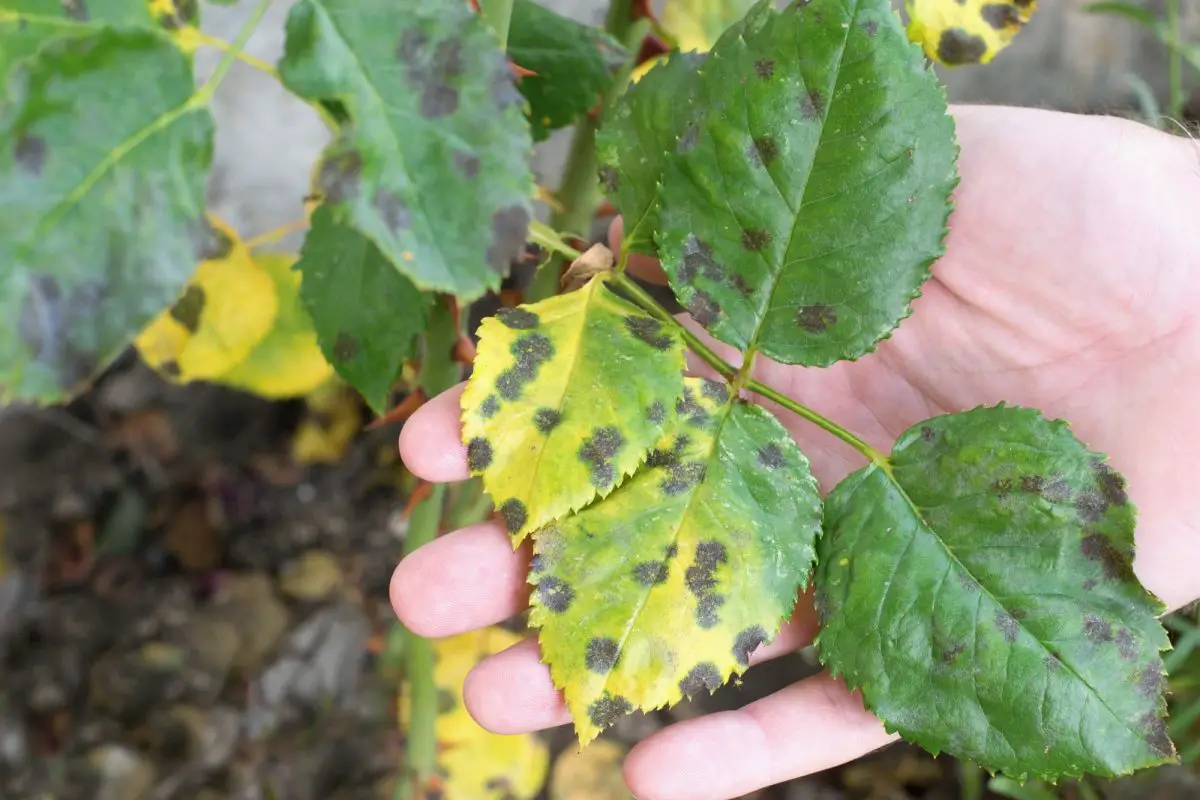
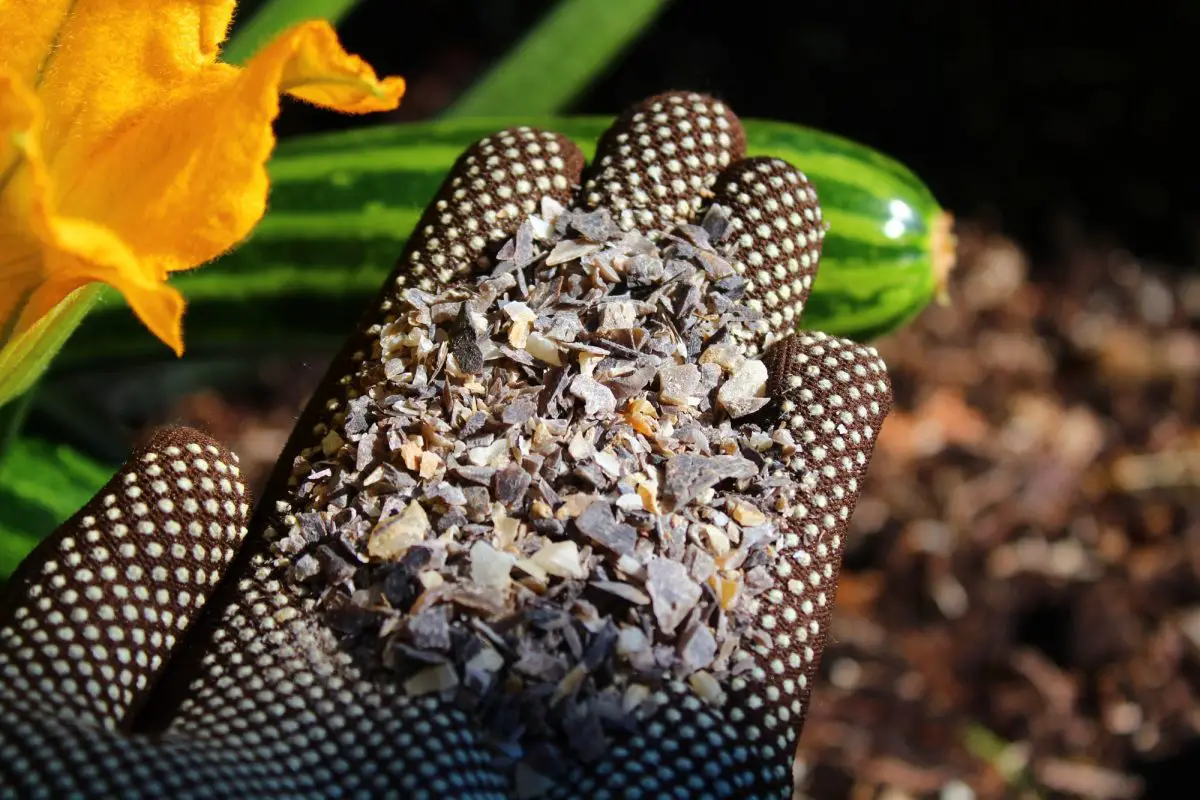
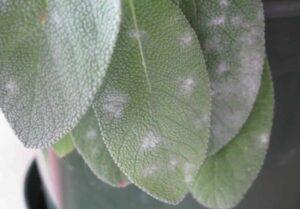
Start a new Thread